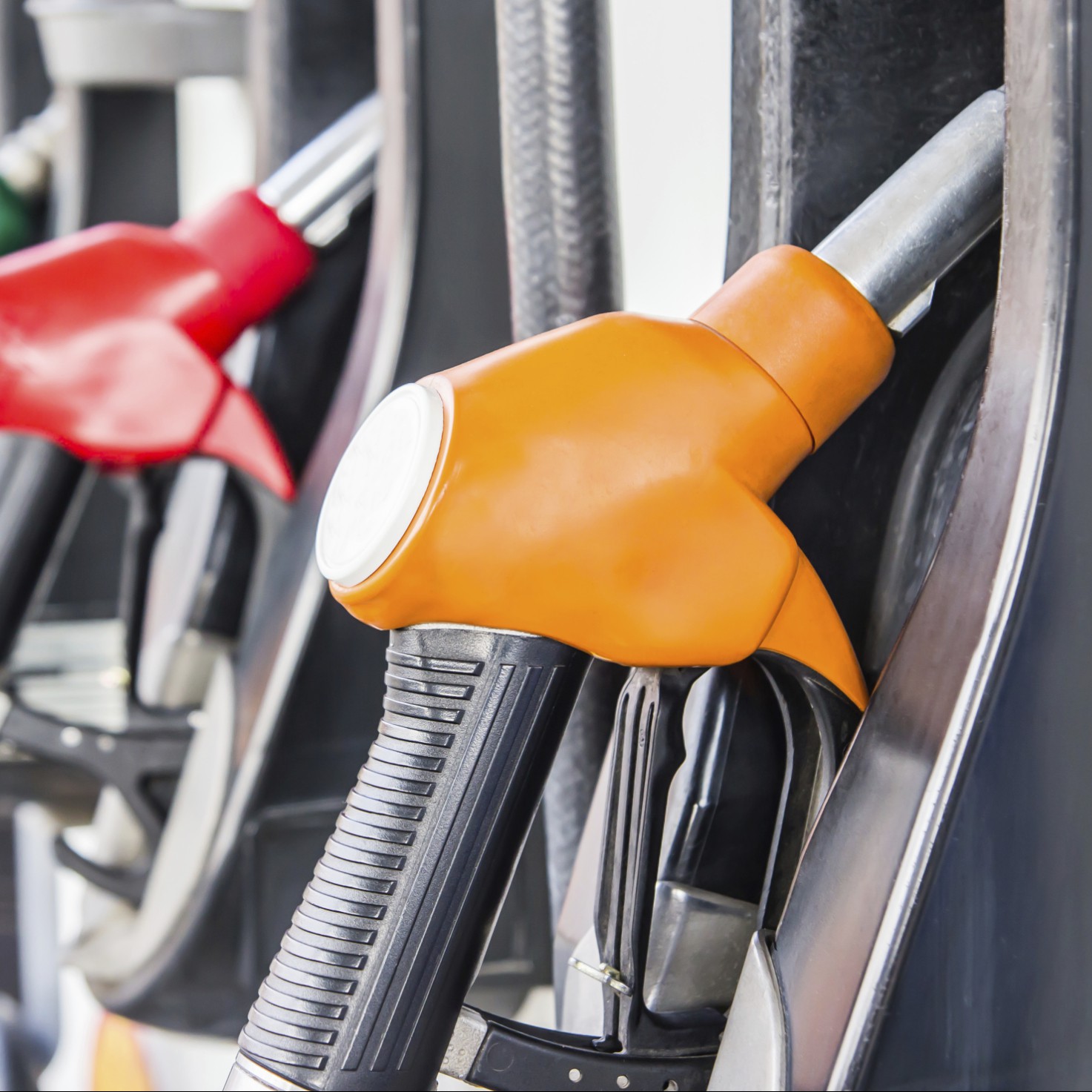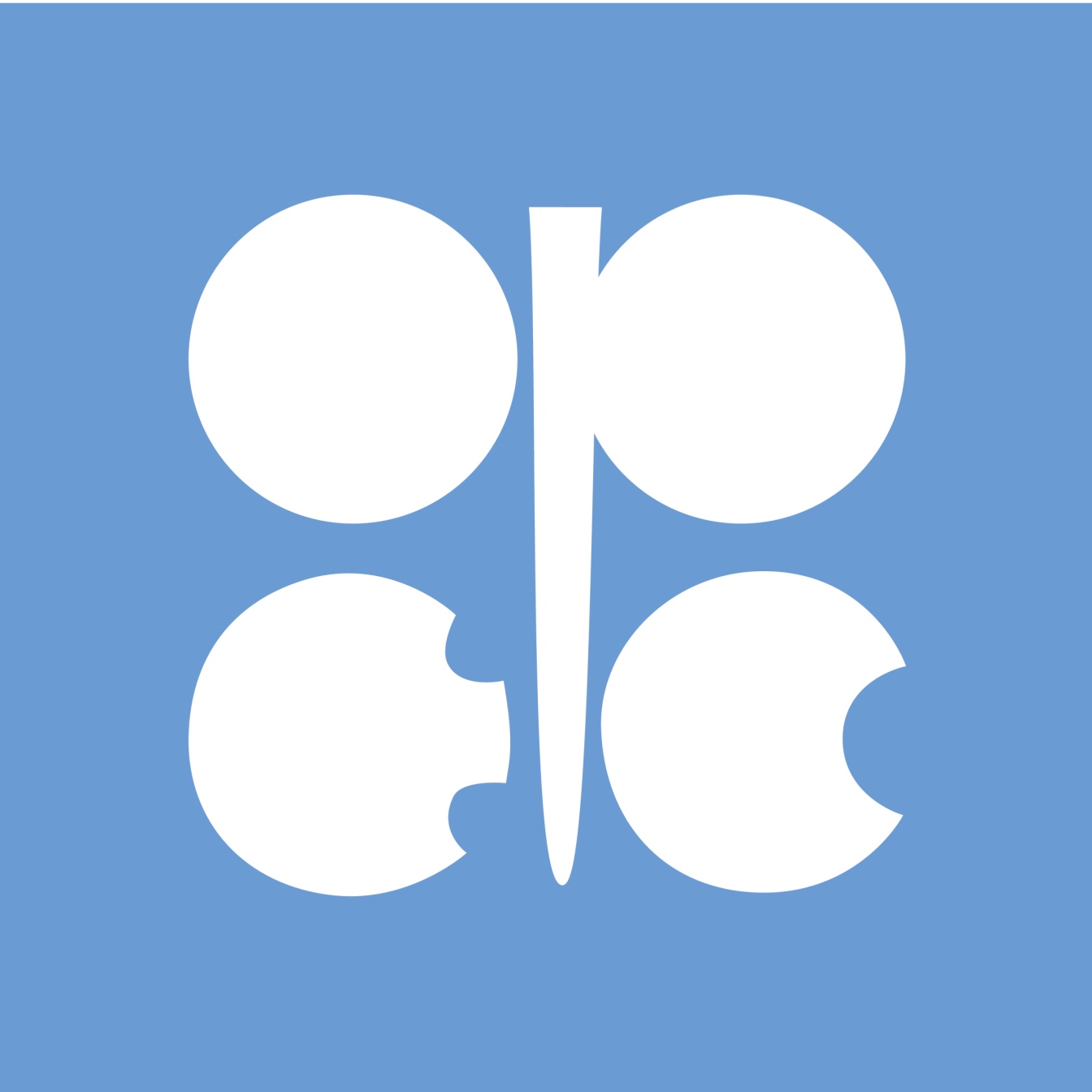
Following a period when tropical storms threatened then hit the U.S. Gulf Coast, sending gasoline prices higher, pump prices now have fallen for the second consecutive week, dropping an average of six cents a gallon nationally.
U.S. refineries were operating at more than 82% of capacity last week, up from around 78% the week before, although still well below the nearly 97% rate of the week prior to Hurricane Harvey’s arrival. That means there is still a lot of capacity remaining to come back online and help push pump prices down even more.
Combine that with the refinery switch to lower cost winter grade fuel and lower seasonal demand for gasoline, and U.S. drivers should begin to see lower prices before the end of October.
Senior petroleum analyst Patrick DeHaan of Gasbuddy noted:
For the second straight week, almost every state saw average gasoline prices fall notably as refineries continue to heal after Harvey and work on restoring production of motor fuels. While oil prices have gained momentum in the last few weeks, it will not be enough to stymie the continued decline at gas pumps, which will bring the national average down another 5-10 cents in the week ahead.
States where prices fell the most last week: Delaware and Michigan (10 cents a gallon); Maine and Indiana (nine cents); Illinois (eight cents); Kentucky, New Jersey and Ohio (seven cents); Maryland (six cents); and Virginia (five cents).
States with the lowest average prices last week: Missouri ($2.28 per gallon), Oklahoma ($2.29), Ohio ($2.30), Indiana ($2.33), Arkansas ($2.34), Kansas ($2.36), Illinois ($2.37), Louisiana ($2.38), Mississippi ($2.41) and Michigan ($2.42).
The highest average prices per gallon last week: California ($3.12), Hawaii ($3.06), Alaska ($3.04), Washington ($3.00), Nevada ($2.92), Oregon ($2.86), Connecticut ($2.84), Pennsylvania ($2.81), New York ($2.76) and Idaho ($2.74).
West Texas Intermediate (WTI) crude oil for November delivery traded up more than 2% Monday morning at $51.72. The price differential (spread) between WTI and Brent crude is now bouncing around $6 a barrel, the widest spread in nearly two years. Traders are hoping that OPEC will vote in November to extend production cuts that have reduced global inventories and pushed prices up over $50 a barrel.
What might happen instead is that as U.S. Gulf Coast operations return to normal and U.S. exports of crude oil will increase, putting downward pressure on Brent pricing.
Travel Cards Are Getting Too Good To Ignore
Credit card companies are pulling out all the stops, with the issuers are offering insane travel rewards and perks.
We’re talking huge sign-up bonuses, points on every purchase, and benefits like lounge access, travel credits, and free hotel nights. For travelers, these rewards can add up to thousands of dollars in flights, upgrades, and luxury experiences every year.
It’s like getting paid to travel — and it’s available to qualified borrowers who know where to look.
We’ve rounded up some of the best travel credit cards on the market. Click here to see the list. Don’t miss these offers — they won’t be this good forever.
Thank you for reading! Have some feedback for us?
Contact the 24/7 Wall St. editorial team.
 24/7 Wall St.
24/7 Wall St.



